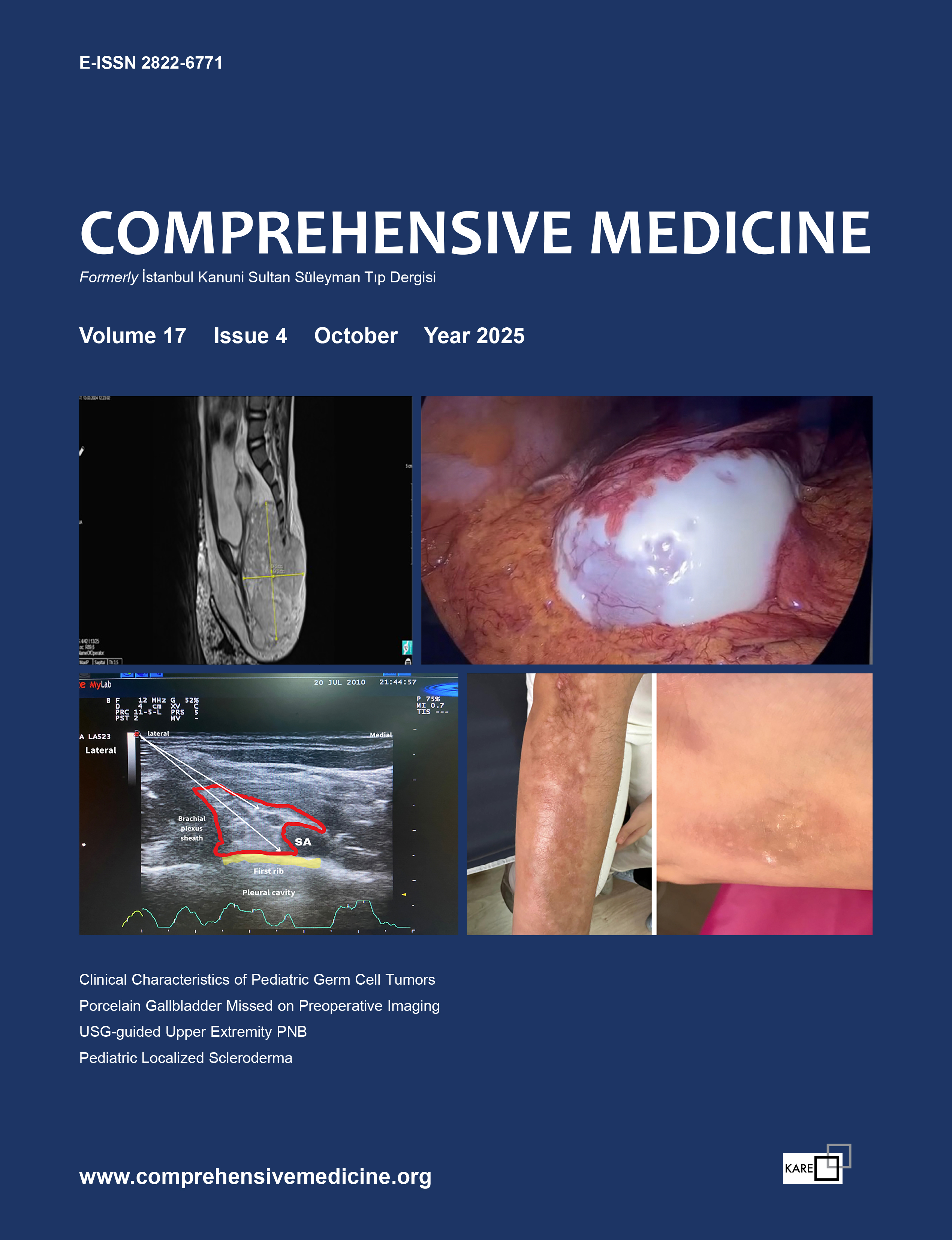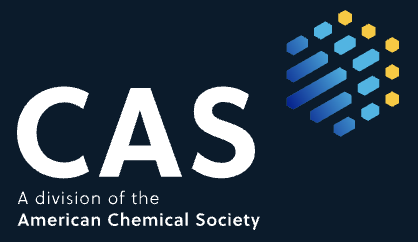Ultrasonography-guided Peripheral Nerve Blocks in Orthopedic Upper Extremity Surgery: A Narrative Review
Kadir Arslan, Ayça Sultan ŞahinDepartment of Anesthesiology and Reanimation, University of Health Sciences, Kanuni Sultan Süleyman Training and Research Hospital, İstanbul, TürkiyePeripheral nerve blocks are frequently preferred in orthopedic upper extremity surgeries because they provide adequate postoperative analgesia, reduce the need for general anesthesia, and accelerate recovery. The integration of ultrasound (USG) guidance into these techniques has improved block success rates and significantly reduced complications. USG-guided nerve blocks allow real-time visualization of neural structures and surrounding anatomy. The brachial plexus supplies most of the innervation of the upper extremity. In clinical practice, the four most commonly performed brachial plexus blocks are the interscalene, supraclavicular, infraclavicular, and axillary approaches. In addition, terminal nerves can be selectively blocked along their course. For example, in clavicular surgeries, the interscalene block is often combined with a cervical plexus block; in rotator cuff repair and shoulder arthroscopy, the interscalene block is preferred; in humeral shaft fractures and elbow arthroplasty, supraclavicular or infraclavicular blocks are commonly used; and in distal radius fracture fixation, wrist arthrodesis, and metacarpal fracture surgeries, the axillary block is frequently chosen. Median nerve blocks are useful in carpal tunnel release and tenosynovitis; ulnar nerve blocks are employed in Dupuytren’s contracture and flexor tendon repair of the fourth and fifth fingers; while radial nerve blocks are beneficial in de Quervain’s tenosynovitis, scaphoid fracture surgery, and dorsal hand lesions. This review discusses the anatomical basis, techniques, indications, and complications of cervical and brachial plexus blocks, as well as distal nerve blocks, which are widely utilized in orthopedic upper extremity surgery.
Keywords: Orthopedic surgery, peripheral nerve blocks, postoperative analgesia, regional anesthesia, ultrasonography, upper extremity
Ortopedik Üst Ekstremite Cerrahilerinde Ultrasonografi Kılavuzluğunda Periferik Sinir Blokları: Anlatısal Derleme
Kadir Arslan, Ayça Sultan ŞahinSağlık Bilimleri Üniversitesi, Kanuni Sultan Süleyman Eğitim Ve Araştırma Hastanesi, Anesteziyoloji Ve Reanimasyon Kliniği, Istanbul, TürkiyeÜst ekstremite ortopedik cerrahilerinde periferik sinir blokları, etkili postoperatif analjezi sağlaması, genel anestezi ihtiyacını azaltması ve iyileşme sürecini hızlandırması nedeniyle sıklıkla tercih edilmektedir. Ultrasonografi (USG) kılavuzluğunun bu tekniklere entegrasyonu, hem blok başarısını artırmış hem de komplikasyon oranlarını anlamlı şekilde azaltmıştır. USG kılavuzluğunda gerçekleştirilen sinir blokları, sinir yapılarını ve çevre anatomiyi gerçek zamanlı görüntüleme olanağı sunar. Üst ekstremitenin innervasyonunun büyük bir kısmı brakiyal pleksus tarafından sağlanır. Klinik ortamda uygulanan en yaygın dört brakiyal pleksus bloğu, interskalen, supraklaviküler, infraklaviküler ve aksiller brakiyal pleksus bloklarıdır. Ek olarak terminal sinirler seyirleri sırasında farklı noktalarda bloke edilebilir. Klavikula cerrahilerinde servikal pleksus bloğu ile birlikte interskalen blok, rotator manşet onarımı ve omuz artroskopilerinde interskalen blok; humerus şaft kırıkları ve dirsek artroplastilerinde supraklaviküler veya infraklaviküler blok; radius distal uç kırığı fiksasyonu, el bileği artrodezi ve metakarpal kırık cerrahilerinde ise aksiller blok sıklıkla kullanılmaktadır. Ayrıca, median sinir blokajı karpal tünel cerrahisinde ve tenosinovitlerde; ulnar sinir blokajı Dupuytren kontraktürü cerrahisi ve 4.–5. parmak fleksör tendon tamirinde; radial sinir blokajı ise de Quervain tenosinoviti, scaphoid fraktürü cerrahisi ve el sırtı lezyonlarında faydalıdır. Bu derlemede, ortopedik üst ekstremite cerrahilerinde yaygın olarak kullanılan servikal ve brakial pleksus blokları ile distal sinir bloklarının anatomik temelleri, uygulama teknikleri, endikasyonları ve komplikasyonlarına değinilmiştir.
Anahtar Kelimeler: Periferik sinir blokları, rejyonal anestezi, postoperatif analjezi, ultrasonografi, ortopedik prosedür, üst ekstremite
Manuscript Language: English






















